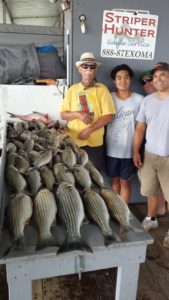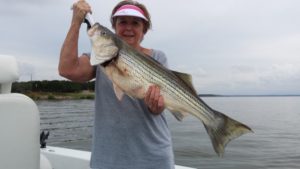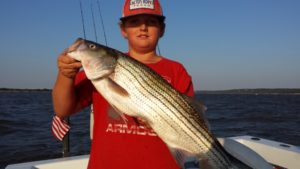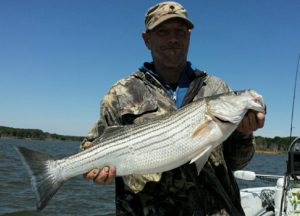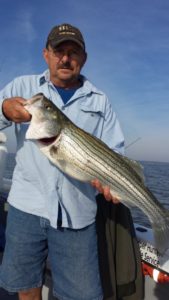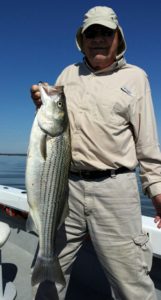Texas Parks and Wildlife | Austin Texas
This year’s early teal hunting season is expected to be a hot one, both in terms of temperature and prospects. Extended forecasts for Saturday’s opener indicate waves of blue-winged teal headed for Texas, along with daytime highs in the mid to upper 90s.
The 16-day statewide early teal and Eastern Zone Canada goose season in Texas will run Saturday, Sept. 14 through Sunday, Sept. 29. The daily bag on teal is six, with a possession limit of 18. Bag limit for Canada geese will be five and a possession limit of 15 in the Eastern Zone only.
“Literally millions of teal are heading our way and growing numbers are already being reported across the state,” said Kevin Kraai, waterfowl program leader with the Texas Parks and Wildlife Department. “It is looking like the timing of this year’s teal season may be another encouraging point considering the full harvest moon will be on Friday, the day before the season opener. That will trigger mass migration of teal out of the Dakotas.”
While the stars may be aligning for what could be a bountiful teal season, the extended dry weather across much of the state could be a concern. Kraai indicated a lack of water now following the wet spring and early summer that hit much of the eastern half of Texas isn’t necessarily a detriment to hunting.
“Seems we are always in a pattern of too much or too little rainfall here in Texas,” he said. “We have definitely entered a dry spell over the last couple of months, which is not necessarily a terrible thing for many parts of Texas. Typically, when there is less water spread out across the landscape it concentrates birds in areas where hunters tend to be waiting.”
The extremely wet spring and summer in eastern Texas had rivers in flood and lakes way above conservation pool. This unfortunately will impact the amount of terrestrial seed producing vegetation that generates the high energy foods that teal will be seeking. The upper ends of these reservoirs will still be a great place to check for migrating teal despite high waters earlier in the year. Submerged aquatic vegetation should be growing rapidly this time of year and aquatic bugs, essential to migrating and molting teal, will be flourishing in those locations.
As for conditions and prospects for teal season around the state, TPWD waterfowl biologists report:
• The Gulf Coast is drying out quick but freshwater flows into the bay systems have sparked an above average amount of submerged aquatic vegetation currently growing in places that are typically much more saline. Marsh complexes up and down the coast should see an increase in teal use this fall.
• Further inland in the agricultural areas of the Gulf Coast there are a lot of people prepping for the wave of teal coming our way. Pumps are running night and day and canals are open and flowing. These folks will most certainly see incredible teal concentrations enjoying the tables that they set for them.
• Much like the rest of the state the High Plains playas received substantial rainfall this spring and summer. Very high temperatures and strong dry winds have really wreaked havoc on the standing water across much of the Panhandle the last couple of months. There are still some locations with clusters of wet playas, but they are receding fast. Definitely going to need some replenishing rains soon to carry this important waterfowl area into the winter.
Hunters are reminded to purchase their 2019-20 hunting license before heading afield, available online at www.tpwd.texas.gov/buy, at license retailers or by phone at (800) 895-4248. The online transaction system is available 24/7. Call center hours are Monday through Friday, 8 a.m. to 5 p.m. There is a required $5 administrative fee for each phone or online transaction, but unlimited items can be purchased during a single transaction for this $5 fee.
New this year are enhancements to make the licensing process simpler and faster. “Expedited checkout” speeds the process of re-purchasing the same license items bought during the previous three years. TPWD has also made it easier to show proof-of-license. Now hunters and anglers can use an electronic image of their license as proof-of-license and show/display it in any of these ways: (1) an electronic photo of your license, (2) an emailed receipt, (3) via your account within the license point-of-sale system, the Outdoor Annual App or the My Texas Hunt Harvest App (for hunters). You still must have your physical license for any activities requiring tags and the physical federal duck stamp for waterfowl hunting.

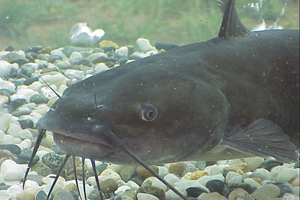
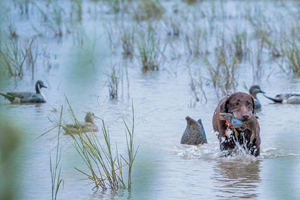
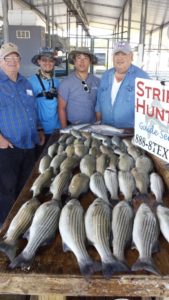 They can literally pop up just about anywhere so watch for splashing and keep an eye open for the Blue Herons or the Great Egrets hovering over deep water. These birds are some of the best fish finders on the lake and will lead you in the right direction. Just keep in mind as you approach these schooling fish that running engines will tend to scare them off, so coast in quietly or use your trolling motor to sneak in for the attack!
They can literally pop up just about anywhere so watch for splashing and keep an eye open for the Blue Herons or the Great Egrets hovering over deep water. These birds are some of the best fish finders on the lake and will lead you in the right direction. Just keep in mind as you approach these schooling fish that running engines will tend to scare them off, so coast in quietly or use your trolling motor to sneak in for the attack!